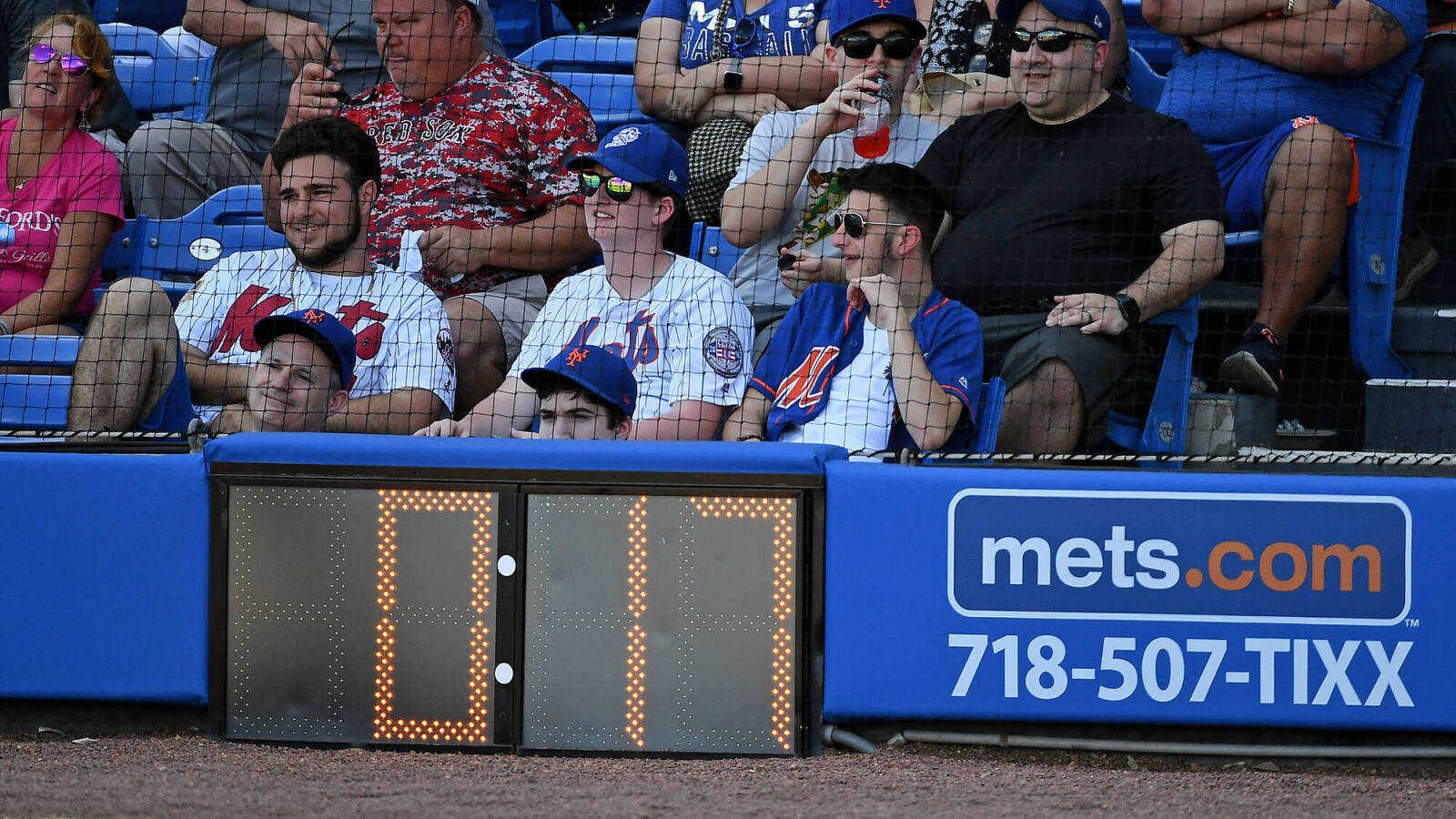Hey, rook! Welcome to the “s*** show.”
Per The Athletic’s Jayson Stark, those colorful words are how some MLB players and executives describe a 2023 season that will feature important rules changes. Among them are a ban on defensive shifts and a pitch clock.
With the new rules, MLB hopes to create more flow and offense. The rules will be enforced starting with spring training games.
MLB is steeped in tradition. It’s what makes the sport great, for the most part, but many traditionalists in baseball want nothing to do with such changes — even if they make the game more attractive for fans.
The new rules aren’t foreign concepts.
Banning the shift is designed to help hitters by requiring two infielders on each side of second base. That was commonplace a decade ago. The use of the shift only exploded during the past few seasons.
Last season, three teams deployed shifts on more than half of plate appearances: the Dodgers, Astros and Blue Jays, according to Baseball Savant. In 2016, only one team was above 30%, the Astros. The rest were at or below a quarter of plate appearances.
The pitch clock is also being met with resistance, especially from veteran relievers.
“… many young players who have spent time in the minors during the past couple of seasons are already used to it,” ESPN reported.
The clock would require pitchers to throw the ball within 15 seconds with no runners on base. For some, apparently, preventing pitchers from walking around the mound for 30 seconds is a bridge too far.
Such delays are one reason the average game lasted a little more than three hours last season, per Baseball Reference. In 1975, the average game lasted 2 hours, 29 minutes.
MLB and its players are notorious in their resistance to change, but it’s time for a wakeup call.
Stop whining … and play ball!



